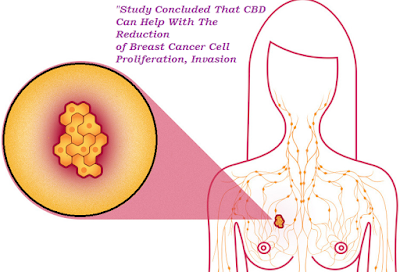On September 29th, 2014, Insys Therapeutics announced that the United States Food and Drug Administration had granted orphan drug designation to its proprietary cannabidiol product for the treatment of glioma. (A glioma is a type of tumor that starts in the brain or spine.)
CEO of Insys, Michael Babich stated: “We will most likely focus initially on pontine glioma, or PG, which has multiple similarities with glioblastoma multiforme, for which our pharmaceutical CBD was granted ODD last month. We believe that this product has excellent potential as treatment for PG, and look forward to advancing its development and offering a potential efficacious treatment for patients.”
Insys, which has more than seven years of research and development experience in the pharmaceutical cannabinoid space, manufactures pharmaceutical CBD and pharmaceutical dronabinol (THC), both of which are cannabinoids, at its FDA-inspected and Drug Enforcement Administration (DEA) approved facility in Round Rock, Texas.
The company recently submitted a Drug Master File (DMF #28255) for its CBD active pharmaceutical ingredient and believes that it is the only U.S.-based company with the capacity to produce pharmaceutical cannabinoids in scalable quantities.
Insys was previously granted ODD to its pharmaceutical CBD for the treatment of glioblastoma multiforme (GBM), the most common and most aggressive malignant primary brain tumor in humans, and two rare forms of epilepsy, Lennox-Gastaut Syndrome and Dravet Syndrome.
Insys is also evaluating the potential use of pharmaceutical CBD in several additional indications, including: adult epilepsy, chemotherapy-induced peripheral neuropathy and addiction in cocaine, amphetamines and opioids. Insys intends to pursue orphan drug designation for other indications that may qualify.
Orphan drug designation is granted by the FDA Office of Orphan Products Development (OOPD) to novel drugs or biologics that treat rare diseases or conditions affecting fewer than 200,000 patients in the U.S. The designation provides the drug developer with a seven-year period of U.S. marketing exclusivity, as well as certain financial incentives that can help support its development.
This progress is impressively significant, but there is still much to be desired.
First, cannabinoids work best when used together, so a CBD-only treatment will probably yield poorer results than a formula with CBD, THC, and the dozens of other cannabinoids. We all know that the CBD being used by Insys is synthetic. While organic whole-plant, full-spectrum cannabis extracts are best, the FDA approval for CBD alone is still a major step.
The scientific and anecdotal evidence supporting glioma treatment with cannabis is quite strong.
Dr.Manuel Guzman from Spain is well known for his study showing how THC induces programmed cell death in glioma cells. CBD has also been shown to kill some types of glioma cell lines in addition to inhibiting migration, proliferation, growth, invasion,and angiogenesis. With such powerful properties, it’s no surprise that anecdotal evidence is supportive.
Sophie Ryan, an optic pathway glioma patient, has been featured in the journal O’Shaughnessy’s, with documentation supporting amazing anticancer effects of cannabinoids (THC & CBD) against her tumor. While she was also on chemotherapy, the traditional treatment was only expected to stabilize the tumor, not shrink it.
Another observational study in the same journal documents an optic pathway glioma reducing more than 95% in 16 months; in this case, cannabis oil was the sole treatment.
For years, many other people have reported amazing success against brain cancers with cannabis oil. It is undeniable that this is working, at least in some cases. Given this reality, cannabis extracts should be made available to any brain cancer patient who desires it, and clinical testing should begin immediately to optimize cannabis treatment.




















